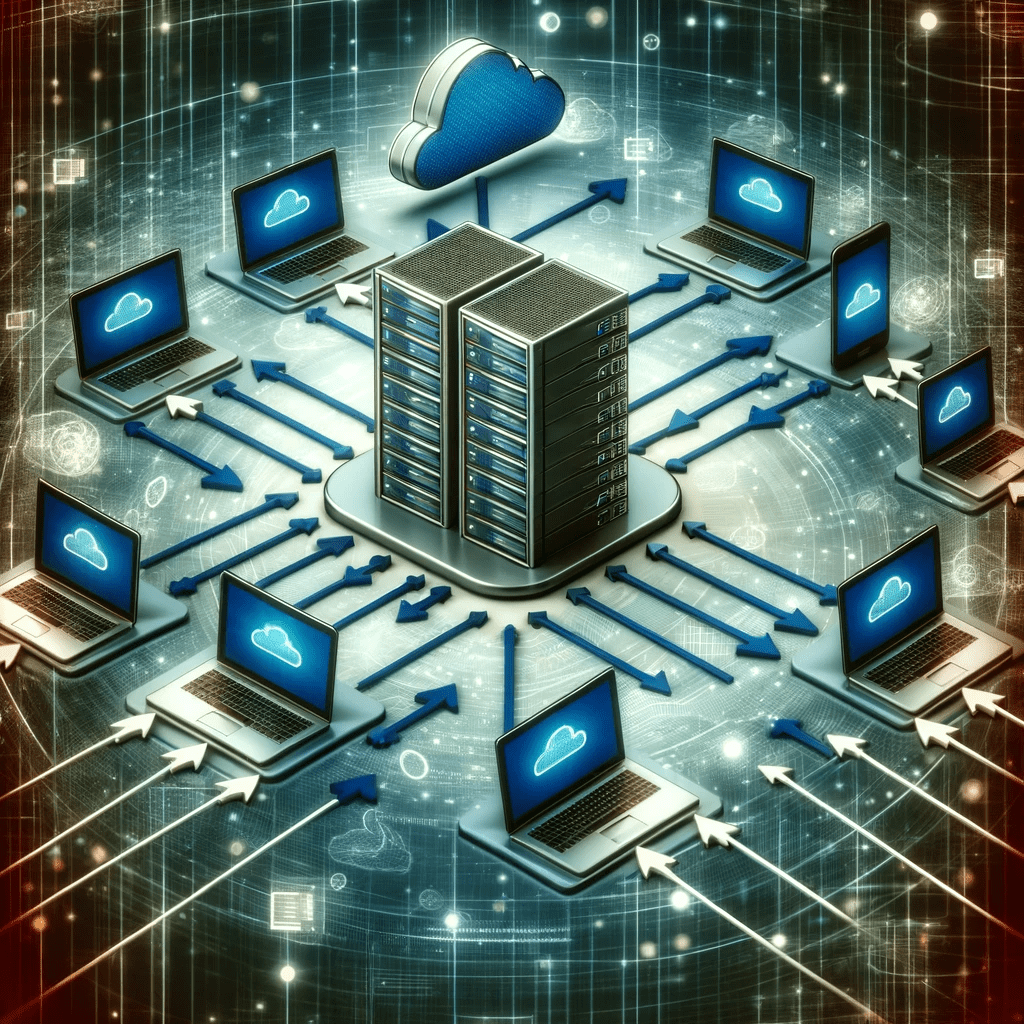Today’s lesson goal: Understand the basic concept of the Client/Server Model in computer networking.
The Client/Server Model is a fundamental concept in computer networking that defines how data and services are managed and exchanged between devices. In this model, there are two main types of participants: clients and servers.
Servers: These are powerful computers or processes dedicated to managing network resources. Servers are responsible for providing services, like web pages, data, or computational resources, to clients. A server waits for requests from clients and responds to them. The key characteristics of a server include high processing power, large storage capacity, and the ability to handle multiple client requests simultaneously.
Clients: These are devices or software that request services or resources from a server. Common examples include your computer requesting a webpage from a web server, your smartphone app connecting to a server for data updates, or a printer in your office that receives print jobs from various computers. Clients usually have less processing power and storage compared to servers and rely on servers for more resource-intensive tasks.
How it Works:
- Request: The client sends a request to the server for a specific service or data.
- Processing: The server receives the request, processes it, and then prepares the appropriate response. This could involve retrieving data, performing calculations, or accessing other resources.
- Response: The server sends the response back to the client. The client then uses this information or service as needed.
Advantages:
- Centralization: Having a central server makes it easier to manage data and resources, and to implement updates and security measures.
- Scalability: The model can easily accommodate more clients as demand increases.
- Specialization: Servers can be optimized for specific tasks, like database management or email services, improving efficiency.
Challenges:
- Dependency on Server: If the server goes down, clients lose access to important services.
- Security: Servers are major targets for cyber-attacks, requiring robust security measures.
- Cost: Maintaining and operating servers can be expensive, especially as demand for resources grows.
This model is foundational in the digital world, powering everything from web browsing to email communications, and understanding it is key to grasping how modern networks function.
